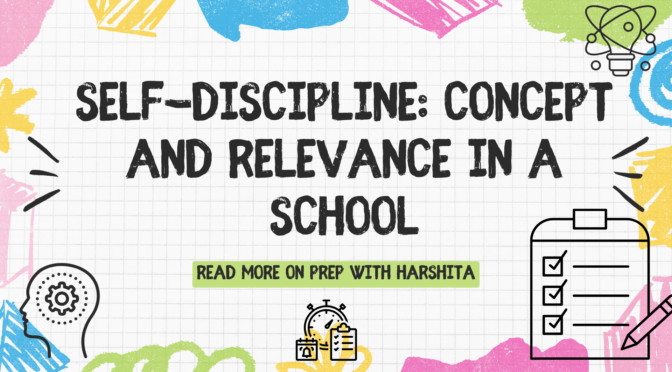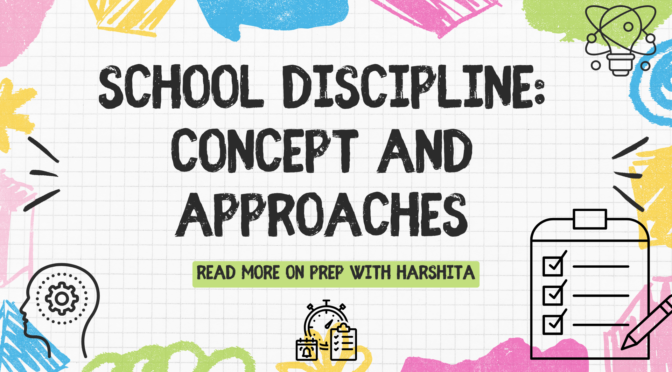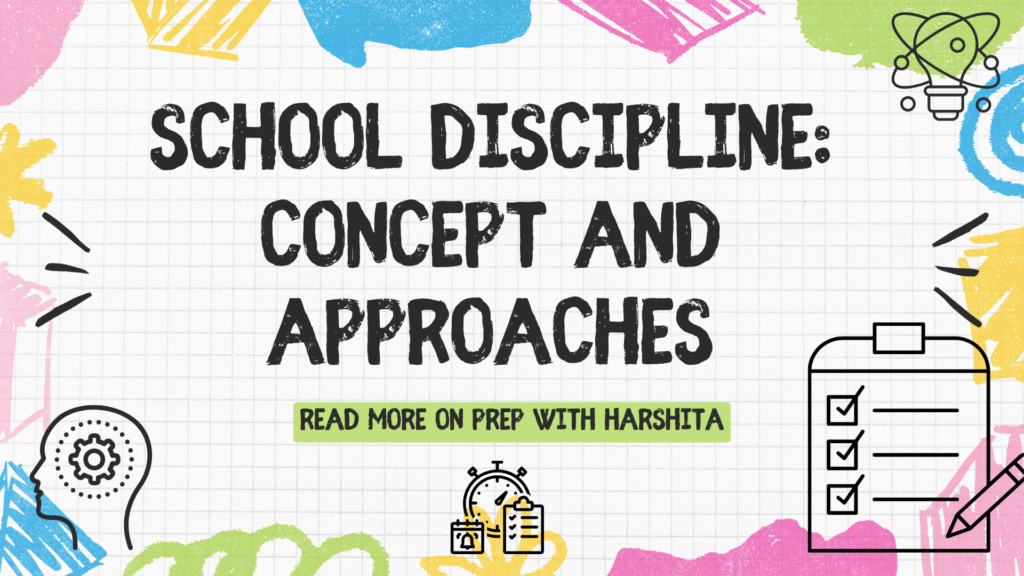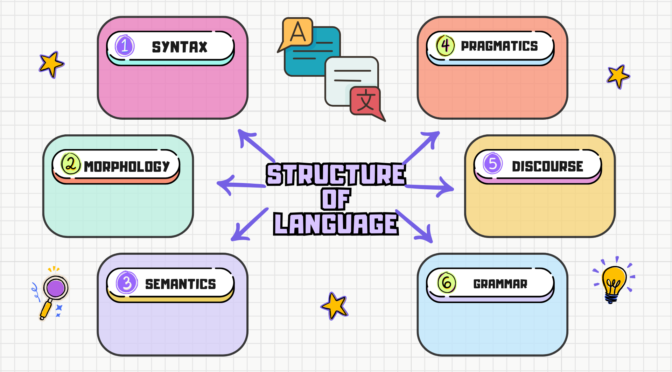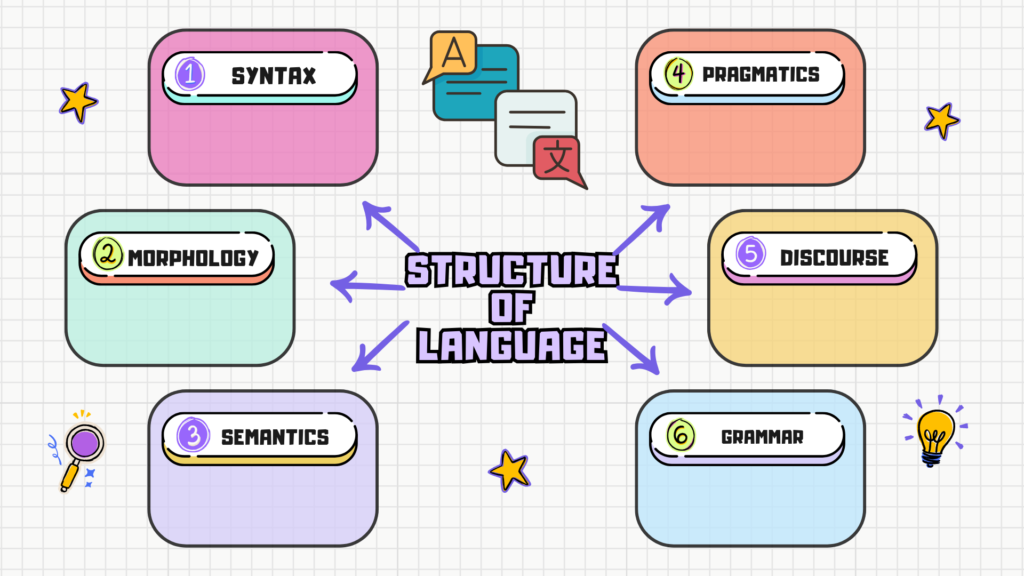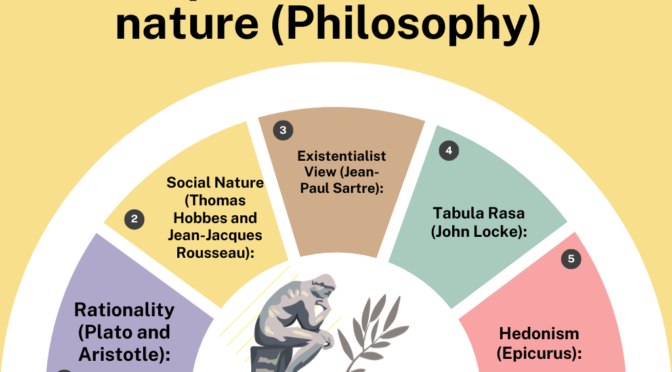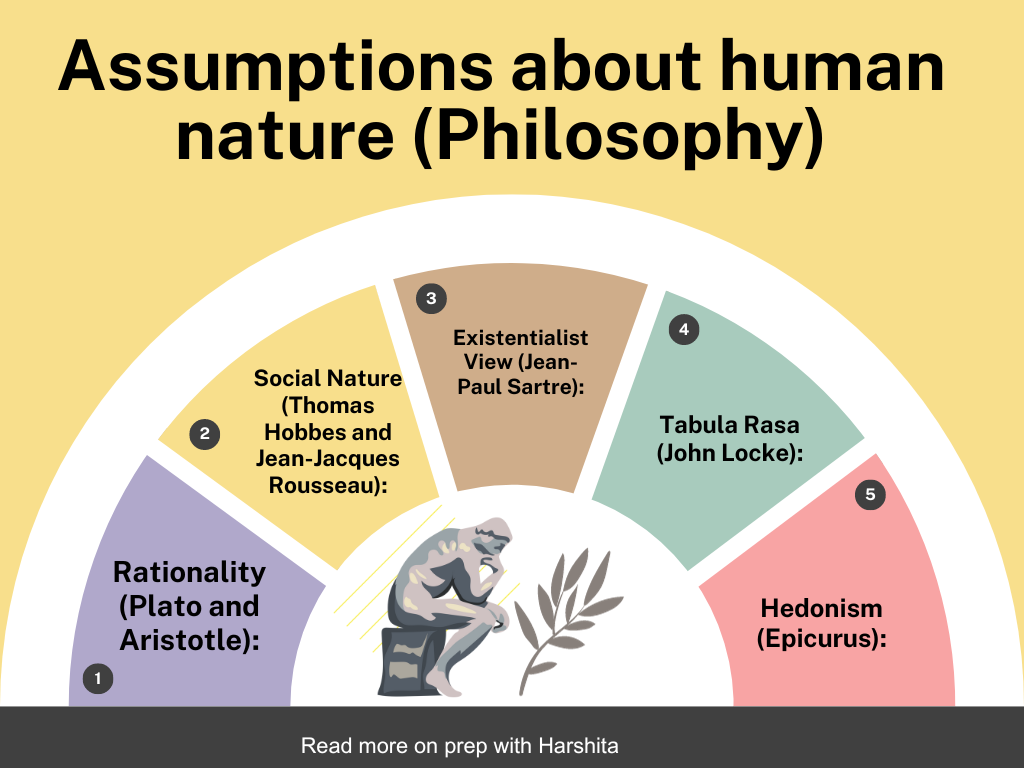School discipline refers to the system of rules, strategies, and consequences implemented in educational settings to maintain order, promote a safe learning environment, and foster positive behavior among students. The concept of school discipline includes various approaches that can be broadly categorized into punitive and positive methods.
The ultimate goal of school discipline is to create a conducive atmosphere for effective teaching and learning while supporting students in their social and emotional development.
Concepts of Self-Discipline:
Internal Regulation:
Self-discipline involves internalizing rules and standards, enabling individuals to regulate their behavior without external control or supervision.
Resilience:
It encompasses the ability to bounce back from setbacks, persevere in the face of challenges, and maintain focus on long-term goals.
Time Management:
Self-disciplined individuals are effective at managing their time, setting priorities, and avoiding procrastination.
Responsibility:
It involves taking responsibility for one’s actions, understanding the consequences of choices, and learning from mistakes.
Delayed Gratification:
Self-discipline allows individuals to resist immediate rewards in favor of achieving more significant, long-term goals.
Read more on next page..

